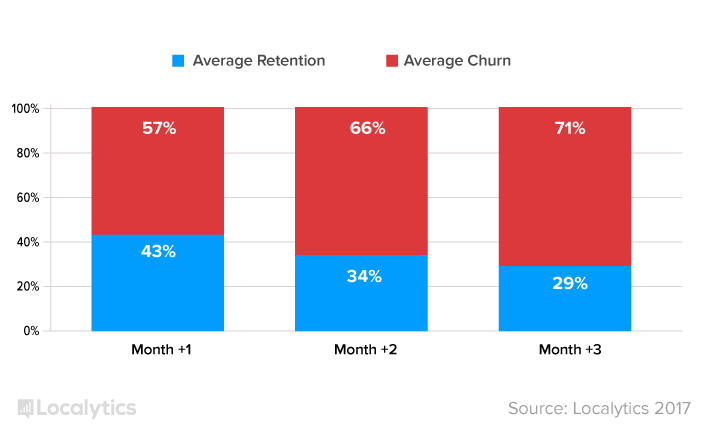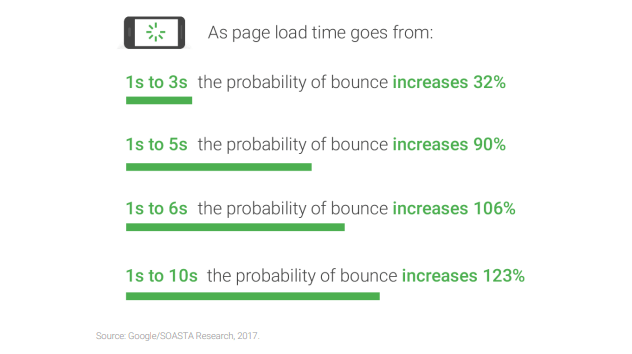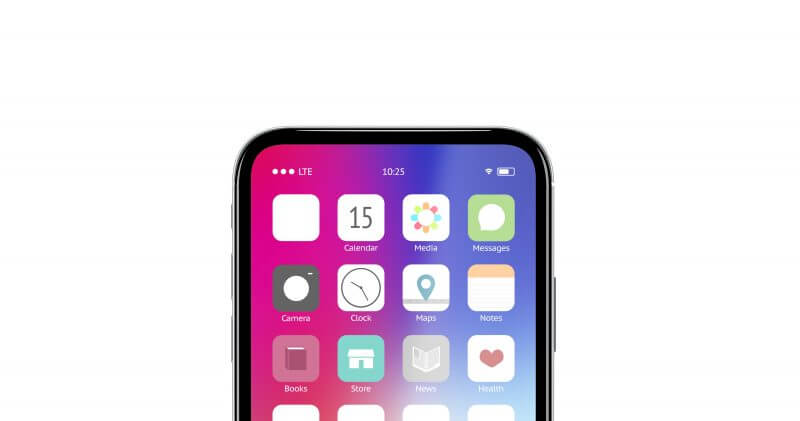Marketing Cannot Save Your App. Good UX Can.
Digital technology is developing at an unprecedented pace, causing shifts in the consumer market. The goal of marketing is to create brand awareness and drive conversions, also known as getting an active consumer base. This is achieved through a variety of marketing strategies, including social media posts, blogging, marketing campaigns, events, packaging, etc. Whereas in the past, such strategies were enough to attract and maintain a customer base, today, these features simply cannot compensate for a poorly designed consumer application.
People often think that fantastic marketing is enough to save a bad or mediocre product; people will buy anything if it’s wrapped up nicely, right? This sentiment doesn’t ring true in the world of apps, simply because alternatives are abundant (a large percentage of which are free). If your app sucks, there are hundreds of other apps that do the same thing and do it better.
Instead of putting resources towards marketing an app, that money would be better spent developing a good UX that will retain future users and outperform competitors. This is referred to as a product-first strategy, where companies prioritize investing resources in engineering, product design, and user experience. The product’s first strategy directly opposes the marketing first strategy, where these resources are pooled into marketing the product rather than letting the quality of the product speak for itself.
How Consumers Use Apps
Our phones are small extensions of ourselves. We use apps for just about everything, from alarms, to ordering coffee, to bedtime reminders, apps are an essential tool in our everyday lives. Today, there is an app for just about everything, and not just one, but ten who are constantly competing with each other to retain users.
So how do users find apps? Discovery through the app store is one prominent method, with 40% of smartphone users browsing the app store for new apps. However, finding apps through search engines is also quite popular, especially for specific categories, where users are 26% (local), 59% (tech), and 30% (travel) more likely than the average to use search to find the apps they seek. Search ads have also been proven to be effective, with 50% of those who downloaded an app form a smartphone advertisement did so because the ad prompted them.
However, users abandon apps just as quickly as they find them, so downloads are only half the battle for the companies releasing them. 25% of apps were abandoned after only one use, however, making it past the first day of downloads does not put apps in the clear. After two weeks, over half of users who didn’t abandon after the first day will at this benchmark.

The average retention rate for a mobile app after 90 days is only 29%, meaning that 71% of users will abandon the app within three months. With this kind of data, it becomes clear that the defining measurement for app success must rest not in user acquisition but rather in user retention, which is much more challenging to accomplish.
App Abandonment - Why does it Happen?

App abandonment is widespread, but why does it happen? The most significant blanket reason is terrible UX, no one wants to use an app that doesn’t work how they need it to, and with new apps coming out daily, it's easier to find an alternative than to stick with a poorly designed app.
Needs of Users aren’t Met
Users abandon apps that do not solve their problem or meet the need that they downloaded it for. This most often occurs when developers of the app did not spend enough time trying to understand how users want to use the app. In the end, everyone loses.
Load Times
The entire point of phones (and by extension, mobile apps) is to provide users with information as quickly as possible. A bounce rate is a term used primarily for website traffic but applies to mobile apps. The bounce rate refers to the percentage of visitors who opened a website/app and left without initiating any further action (such as clicking a button or visiting a second page).

As a page wait time increases from 1 second to 3 seconds, the probability of a bounce is increased by 32%, and this rate increases with each additional second. Users get frustrated by long wait times and are less likely to return to apps that evoke such emotions from them.
Bad Onboarding Experience
User onboarding refers to the tutorial or guide that often comes with a mobile app and teaches users how to navigate the app. User onboarding is the earliest interaction that a user will have with your application, making it also one of the most critical interactions. Many different elements may be contributing to a poor onboarding experience, such as invasive tooltips that obscure information, confusing sign up sheets, unclear navigational instructions, etc
Privacy Concern
Privacy concern is another major reason for app abandonment, many users have become wary of the possibility that apps are selling data to third parties, tracking geolocations, and posting to personal social media accounts on behalf of the user. Users feel better using apps that make them feel like their data is secure and confidential, so addressing these concerns is a must for new apps.
Bad UX
All the reasons listed above fall under a poor user experience, which is when the app is designed in a way that creates additional barriers for the average user.
User experience refers to the subjective experience a user has when interacting with a piece of technology; in this case, a mobile app. The goal of good UX is to provide the user with an enjoyable experience while helping them reach their goal as efficiently as possible.
Good mobile UX can be defined by the following qualities:
- Useful: The system meets the needs and desires of the user
- Usable: The system is easy to use and self-explanatory
- Desirable: The user enjoys using the system because it evokes positive emotions
- Findable: Users can navigate and find desired information quickly and with ease
- Credible: There must be a level of trust between the user and the system
If you do not meet these requirements, users will find it hard to use your app, and will likely find an alternative that does meet these requirements.
Why Good UX is a Non-Negotiable for Successful Apps

At the very core of consumption, users use apps because they help them fulfill a task more efficiently, effectively, and as a result, enjoyably. The point of UX Design is to make sure that your app does that, and that your users can go from point A to point B seamlessly. UX determines the performance of the app and whether the app performance will meet the expectations of the users. A successful app is one that both performs well and gives the user exactly what they wanted and expected from it.
The UX of an app is a huge determinant of the success of an app: people will use apps that they enjoy using and are effective, and they won’t use apps that they dislike and don’t work. Ultimately, the UX will determine how users receive your app and shape their decision to use it or abandon it. No app is irreplaceable, and whatever app you are marketing, 30 other apps do the same thing.
In conclusion, good UX helps users achieve their goals whereas bad UX leaves users feeling frustrated and confused by the app. If you want your app to succeed in a flooded market, invest in UX from the very beginning.